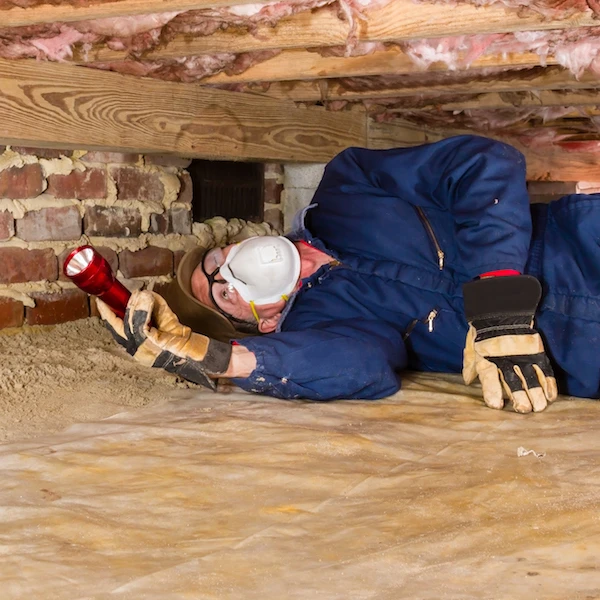The simple answer is, “No, your standard home insurance does not cover you from termite damage!”
So, should you be concerned and what should you do about it?
What are the chances of your home being attacked by termites?
There are various figures thrown around about the chances of termites attacking your home…
- There are an estimated 130,000 termite attacks each year (it’s probably higher)
- 80% of homes are within 25 metres of a termite nest
- Around 1/3 of all homes inspected before sale have some level of termite damage
- Even new homes are affected, with CSIRO estimating that 1 in 5 new homes will be attacked within the first 5 years!
Most homeowners will take out home insurance to provide protection against fire and flood. However, although the chances of your home being attacked by termites is around six times higher than the chances of you suffering from a flood or fire (combined), termite damage is not included in your home insurance. Most homeowners are unaware of this and the high risk of termite attack, and so often don’t carry out the necessary protective measures until it is too late!
So yes, you should be concerned about termites, and you should do something about it!
How can I reduce the chances of a termite attack?

Regular termite inspections
Regular termite inspections (at least once a year) are a must for homeowners. In areas of high termite pressure it may be wise to have inspection every 6 months. The inspection doesn’t stop termite attacks, but it will detect termite damage and any signs of activity, which can hopefully be dealt with before any serious damage is done.
One of the key benefits of termite inspections is that they also spot potential building defects and conditions around the home that may make your home more vulnerable to future termite attack.
Dealing with “conducive conditions”

Termite inspection reports will list conditions conducive to increasing the chances of a termite attack. These can be broadly grouped into building defects or environmental conditions. Building defects may include things such as leaks and dripping taps. Environmental conditions may include things like poor drainage or garden beds hiding the sides of the building.
Dealing with any conducive conditions listed in the termite inspection report – making your home less attractive to termites – will go a long way to reducing the chances of a suffering from a termite attack.
Install a termite protection system
Installing a termite management system to protect your home is the best way to prevent a termite attack and give you that important peace of mind.
There are two types of termite management systems, one which involves treating the soil around and under your home and one which involves installing a termite monitoring and baiting system around the perimeter of your home.
Although both systems are very effective, they are only designed to prevent concealed termite attack. That is, they protect all the hidden termite entry points and so for termites to enter you home they have to make themselves visible (e.g., build a mud tube on the outside of your house).
However, many of these systems come with timber protection warranties. So, as long as you have annual termite inspections to check the system is in order, these termite treatments are effectively your insurance policy against termite attack.

